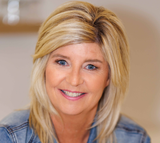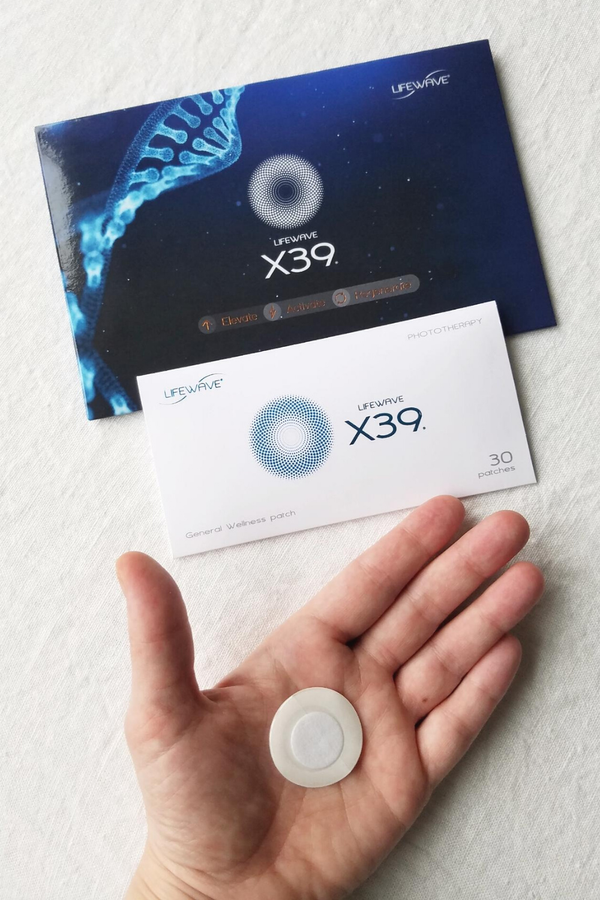BONE HEALTH IS A GENERATIONAL CONCERN!

Did you know that you reach your peak bone mass in your 20s?
Bone health is no longer a topic of conversation for those over the age of 65. Bone health can and should be top of mind at all ages and stages of life!
Bone changes can be silent and thus understanding your bone health status is important. Let's talk about and compare two types of technologies that can assess your bone health. DEXA and REMS technology.
DEXA (Dual Energy X-Ray Absorptiometry)
- The current standard for assessment of bone mineral density (BMD)
- This system uses low dose X-RayNon-mobile (meaning you must travel to the location where the machine is)
- Repeated exams/follow ups should be done on the same machine each time
- Requires you to lay flat for a length of time with minimal movement.
- Test can be obtained through doctor referral only
- Assesses bone quantity, not quality
- OHIP covered, must be aged 65 or have personal or family risk factors to have covered by OHIP
- Images sent to Radiologist, report generated and sent to healthcare provider/team
R.E.M.S (Radiofrequency Echographic Multi-Spectrometry)
- New technology with Health Canada approval that uses a low frequency ultrasound + radiofrequency to assess not only BMD, but also the micro-architecture of the bone
- Safe, non-ionizing (no radiation)
- Mobile – (Machine can be brought to nursing homes or communities)
- Does not require patient to go to same machine each time
- Patient does not need to be fully flat (although this is the most common position for assessment),
- Time for the test is approximately 10 mins.
- Self-referrals are ok and encouraged!
- Assess quantity AND quality of bone but, also offers a Fragility score (5-year risk of a major osteoporotic fracture)
- Not OHIP covered (active lobbying to have covered by extended health benefits)
- May begin having assessments of bone health status as early as age 21 regardless of family history
- Report given immediately after the scan to share with healthcare provider/team
Ready to book your own bone health assessment?
https://ceoofyourhealth.clinicsense.com/
Brought to you by: Megan Buhrmester,Founder of OsteoSound Inc., Registered Diagnostic Medical Sonographer in collaboration with Margaret Wallis-Duffy of Become the CEO of your Health.





